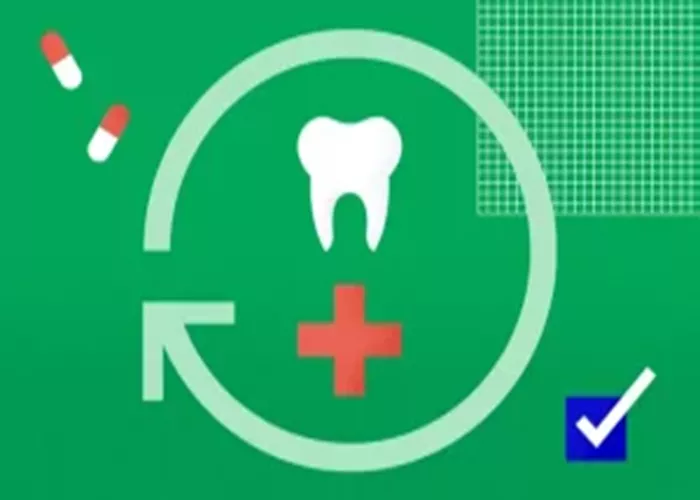Dental insurance is an important part of maintaining oral health. It helps cover the costs of dental procedures, from routine cleanings to more complex treatments. One key aspect of dental insurance that policyholders must understand is the concept of the dental insurance maximum. This article will explain what a dental insurance maximum is, how it works, and its impact on your dental care.
What Is a Dental Insurance Maximum?
The dental insurance maximum is the highest amount that an insurance company will pay for dental care within a specific period, usually a calendar year. Once you reach this limit, the insurance provider will not cover any additional dental expenses for the remainder of the year. Instead, you will be responsible for paying any further costs out of pocket.
Importance of Understanding the Maximum
Understanding your dental insurance maximum is crucial for several reasons:
Financial Planning: Knowing your maximum helps you budget for dental expenses throughout the year.
Treatment Decisions: It can influence your decisions regarding necessary treatments, especially if you anticipate needing extensive dental work.
Preventing Surprises: Being aware of your maximum can help you avoid unexpected costs when seeking dental care.
How Does the Dental Insurance Maximum Work?
1. Annual Limits
Most dental insurance plans have an annual maximum limit. This limit typically ranges from $1,000 to $2,500. Some plans may offer higher limits, while others may have lower ones. The specific maximum will depend on the terms of your insurance policy.
2. Coverage Types
The dental insurance maximum applies to various types of dental care, including:
Preventive Care: Most plans cover preventive services like cleanings and check-ups at 100%, meaning these services do not count toward your maximum.
Basic Services: Basic services, such as fillings and extractions, usually count against your maximum. Your insurance may cover a percentage of these costs, typically 70-80%.
Major Services: Major services, like crowns, bridges, and root canals, often have lower coverage percentages, usually around 50-60%. These costs will also count toward your maximum.
3. Tracking Your Expenses
It is important to keep track of your dental expenses throughout the year. Many insurance providers offer online portals where you can view your claims and remaining balance toward your maximum. This can help you stay informed about how much coverage you have left.
What Happens When You Reach Your Maximum?
Once you reach your dental insurance maximum for the year, you will be responsible for all additional dental expenses. This can become particularly significant if you require extensive dental work or multiple procedures. Here’s what you need to know:
1. Out-of-Pocket Costs
After reaching your maximum, any costs for dental services will be out-of-pocket. This means you will need to pay the full amount for any further treatments. It is important to be prepared for this possibility, especially if you anticipate needing additional care.
2. Plan Renewal
At the beginning of a new plan year, your dental insurance maximum resets. This means you will have a new maximum for the upcoming year. If you have ongoing dental issues, it may be worth discussing your situation with your dentist and planning your treatments accordingly.
Factors Affecting Dental Insurance Maximums
Several factors can influence the dental insurance maximums in your plan:
1. Type of Plan
Different types of dental insurance plans may have varying maximums. For example:
PPO Plans: Preferred Provider Organization (PPO) plans often have higher maximums compared to Health Maintenance Organization (HMO) plans.
Indemnity Plans: Indemnity plans may also offer higher maximums but tend to have higher premiums.
2. Employer-Sponsored vs. Individual Plans
Employer-sponsored dental insurance plans may have different maximums compared to individual plans purchased on the market. Employers often negotiate with insurance providers, which can lead to variations in coverage and maximum limits.
3. Location
The geographic location can also play a role in determining dental insurance maximums. Plans in urban areas may have different structures compared to those in rural areas, reflecting the cost of living and dental care in those regions.
Tips for Managing Your Dental Insurance Maximum
To make the most of your dental insurance maximum, consider the following tips:
1. Plan Your Treatments
If you know you will need extensive dental work, try to plan your treatments strategically throughout the year. For example, you might schedule preventive care early in the year to take advantage of full coverage, then space out major procedures to avoid hitting your maximum too soon.
2. Communicate with Your Dentist
Your dentist can help you understand your dental needs and the costs associated with them. They can also provide guidance on how to manage your treatments within your insurance limits. Don’t hesitate to ask about alternative treatments or payment plans if you anticipate exceeding your maximum.
3. Review Your Plan Annually
Insurance plans can change from year to year. It is a good practice to review your dental insurance plan annually to understand any changes to coverage, premiums, or maximums. This will help you make informed decisions about your dental care.
4. Consider Additional Coverage
If you frequently exceed your dental insurance maximum or anticipate needing significant dental work, consider looking into supplemental dental insurance or discount plans. These options can help cover additional costs that your primary insurance may not address.
Conclusion
The dental insurance maximum is a crucial component of your dental insurance plan. It represents the highest amount your insurer will pay for dental care within a year. Understanding how this maximum works, along with the types of coverage and costs associated with your plan, can help you manage your dental expenses effectively. By planning your treatments, communicating with your dentist, and reviewing your insurance annually, you can make informed decisions that support your oral health while staying within your budget.
Related topics:

